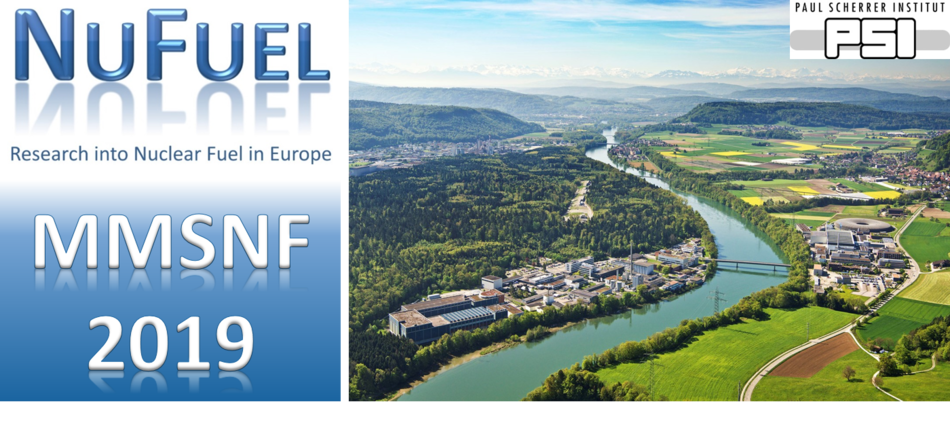Speaker
Description
This work is devoted to the first assessment of the state-of-the-art European fuel performance codes GERMINAL, MACROS and TRANSURANUS against integral and microscopic data from post-irradiation examinations in the fast reactor irradiation experiment SUPERFACT. This activity is performed by a Task Force, including CEA, JRC, ENEA, SCK.CEN and POLIMI, in the framework of the H2020 European Project INSPYRE. The goal of the experiment was to study how mixed oxide fuel (MOX) containing the minor actinides neptunium and americium behaves under irradiation in a fast reactor, and to demonstrate the feasibility of transmutation of minor actinides through homogenous (i.e., low minor actinide content) and heterogeneous (i.e., high minor actinide content) fuel concepts.
Two types of homogenous-concept fuel pins from the SUPERFACT-1 experiment were selected for this work, more precisely the pins SF7, SF13 bearing 2 wt.% of 237Np, and SF4, SF16 bearing 1.8 wt.% of 241Am. Their plutonium content (around 25 wt.%) and cladding material (15-15, titanium stabilized, cold worked stainless steel) are in line with the characteristics envisaged for Generation-IV reactor fuels. The current predictions of the codes are compared to experimental data from non-destructive and destructive post-irradiation examinations. The integral data considered for validation are: final burn-up at peak power node, fission gas (xenon and krypton) production and release, helium release, central hole axial extension, and fuel and cladding elongations. Further local measurements were made by cladding profilometry, as well as for the fuel central void radius and for the extension of the columnar grain region. Finally, microscopic data are available for the radial distributions of the minor actinides 237Np and 241Am, as well as of plutonium, xenon and caesium.
The overall agreement with experimental data is acceptable but reveals room for improvement and highlights discrepancies between code results. The analysis is complemented by a code-to-code benchmark, focusing on the evolution of relevant output quantities over time (e.g., fuel central temperature, fuel-cladding gap width, cladding outer radius, rod internal pressure, and fission gas release).
The goals of this analysis are to assess the current capabilities of fuel performance codes and to underline modelling gaps through the differences among computations and experiment, benchmarked with different codes. This is fundamental for identifying possible common development areas and for improving the prediction of MOX fuel behaviour in fast reactor conditions. Indeed, improved fuel performance codes will allow for a better performance and safety analysis of next Generation-IV fast reactors (e.g., MYRRHA, ASTRID, ALFRED), and will play a key role for the definition of their final design and future development.

